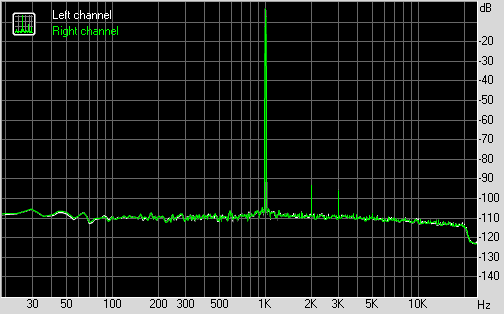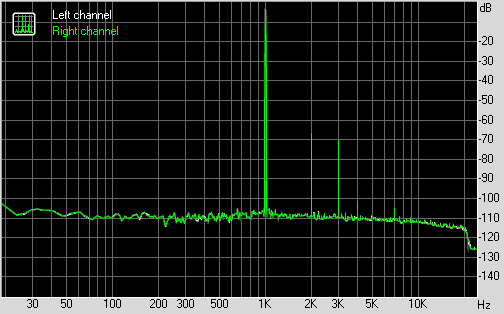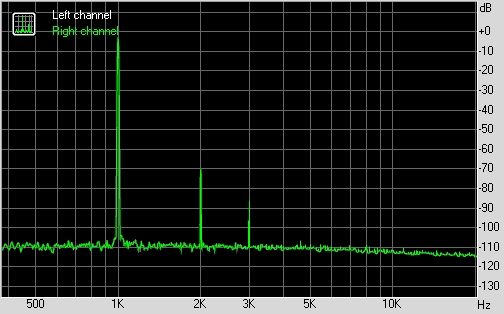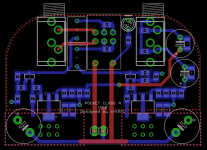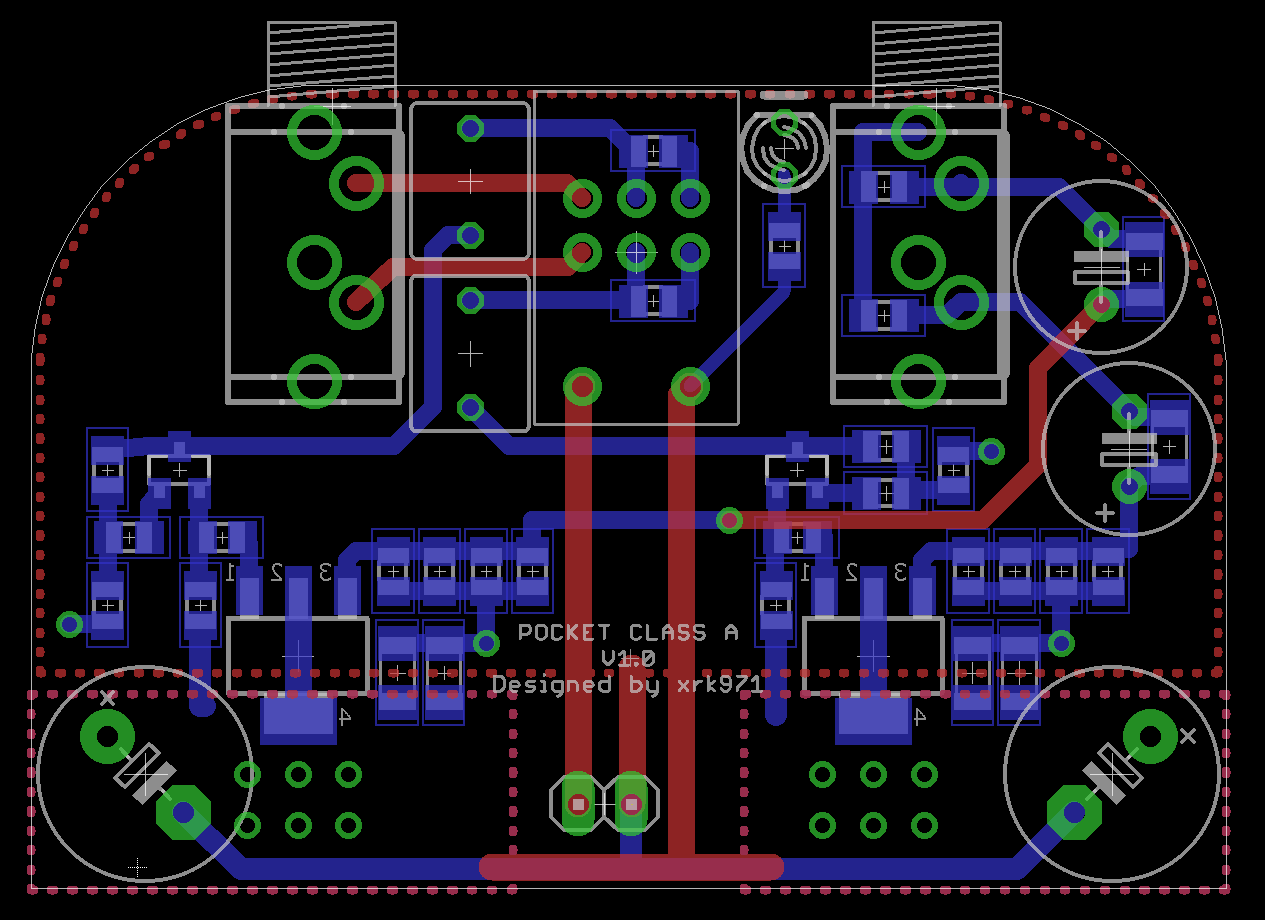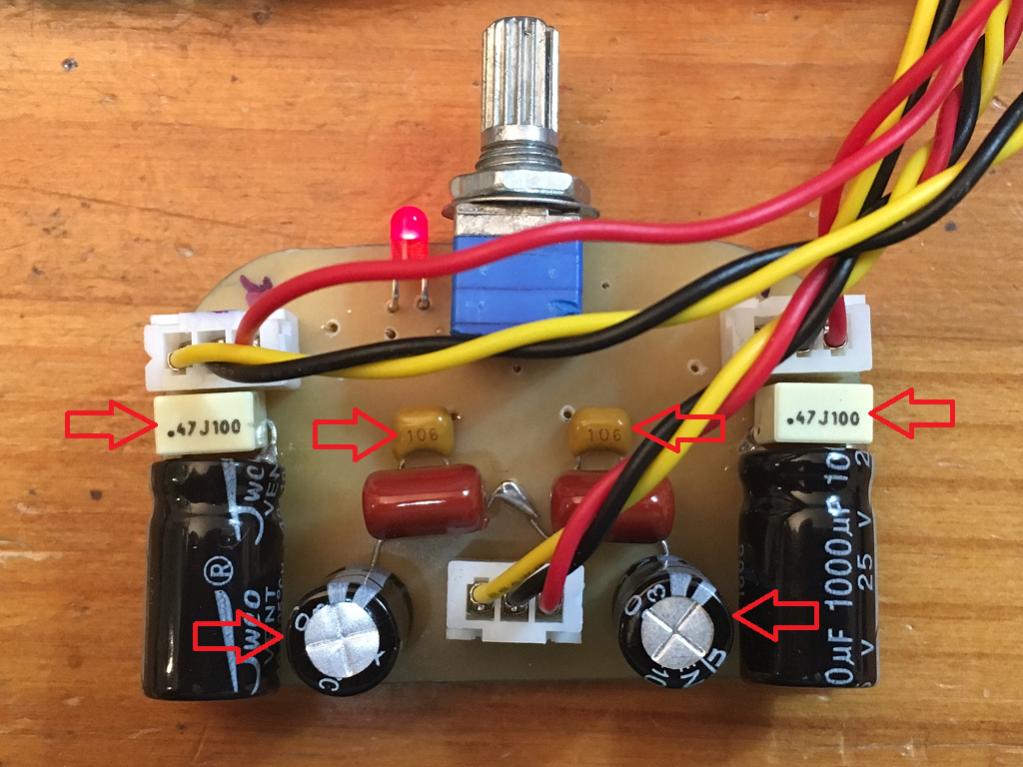As for output cap: Low ESR means less potential effect from it being not a prefectly static/constant resistance (it's a chemical "resistor", mind you). Though it's more important to have no AC across the cap in the passband, that's why e-caps in a high-pass are usually selected to have 10x lower corner freq than actually needed.
Nice little project!
Nice little project!
This is the message that D.Self started way back in the 1990s using different words......................Though it's more important to have no AC across the cap in the passband, that's why e-caps in a high-pass are usually selected to have 10x lower corner freq than actually needed.
Nice little project!
It has still not got through to the general Membership.
Is there anyway to put two 0.47uF 100v MKP caps in parallel with 47uF output caps? These are the small 5mm radial rectangular plastic package.
It might be possible with MKT, but MKP would be too large. The ones in the picture are MKT, yesno?
edit: Heck, Wima make a 470nF MKT cap with a 2.5mm pitch
If there is going to be any audible difference between AC coupling output capacitors, then the biggest difference will be between an electrolytic type and a plastic film MKT type.
The difference between MKT/S and MKP will be miniscule in comparison.
The added distortion when using an MKT as a filter is tiny and so low it is difficult to measure. But in this signal coupling duty the plastic film cap is not supposed to be acting as a filter. The MKT is supposed to be passing the audio signal.
The difference between MKT/S and MKP will be miniscule in comparison.
The added distortion when using an MKT as a filter is tiny and so low it is difficult to measure. But in this signal coupling duty the plastic film cap is not supposed to be acting as a filter. The MKT is supposed to be passing the audio signal.
I actually have Vishay MKP yellow one
Good point. And as far as the value goes? Is 470nF good, or should we consider something else?The difference between MKT/S and MKP will be miniscule in comparison.
if you want to pass 100Hz then I suggest you choose the F-3dB of the high pass filter to be one decade below that, i.e. 10Hz high pass filter will pass virtually all of the audio band from 100Hz upwards.
If you have F-3dB = 10Hz and the capacitor is 470nF, then the load (the R part of the CR filter) will be
R = 1 / {2 Pi F C} = 338r6
i.e. a 340ohms headphone will receive 100Hz and upwards when a 470nF coupling capacitor is used.
Frequencies below 100Hz will be progressively rolled off.
If one changes the headphones to 70ohms then the filter becomes 48.4Hz and frequencies above 484Hz pass through to the headphones.
It is simply manipulating the standard formula for a passive RC filter.
F-3dB = 1 / {2 Pi R C}
If you have F-3dB = 10Hz and the capacitor is 470nF, then the load (the R part of the CR filter) will be
R = 1 / {2 Pi F C} = 338r6
i.e. a 340ohms headphone will receive 100Hz and upwards when a 470nF coupling capacitor is used.
Frequencies below 100Hz will be progressively rolled off.
If one changes the headphones to 70ohms then the filter becomes 48.4Hz and frequencies above 484Hz pass through to the headphones.
It is simply manipulating the standard formula for a passive RC filter.
F-3dB = 1 / {2 Pi R C}
It is simply manipulating the standard formula for a passive RC filter. F-3dB = 1 / {2 Pi R C}
*makes quick Excel spreadsheet*
Thank you kindly!
I just redid the measurements with a fresh set of batteries and it looks really good now.
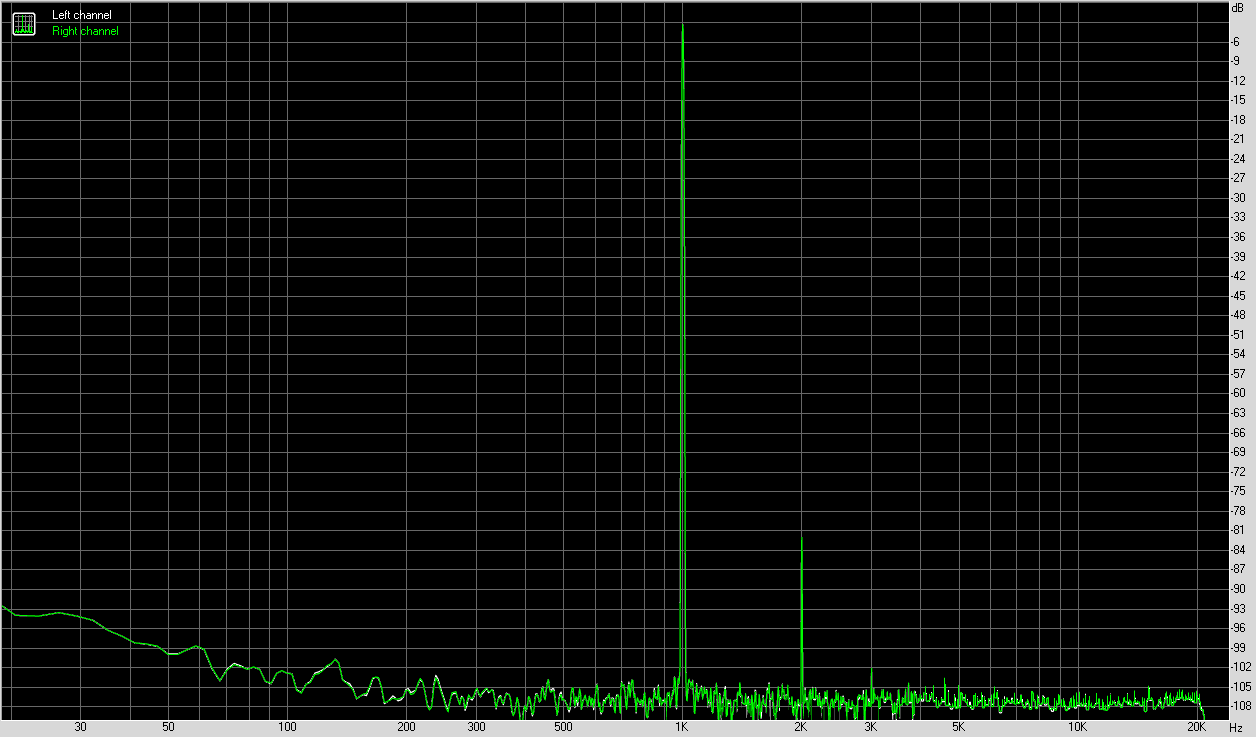
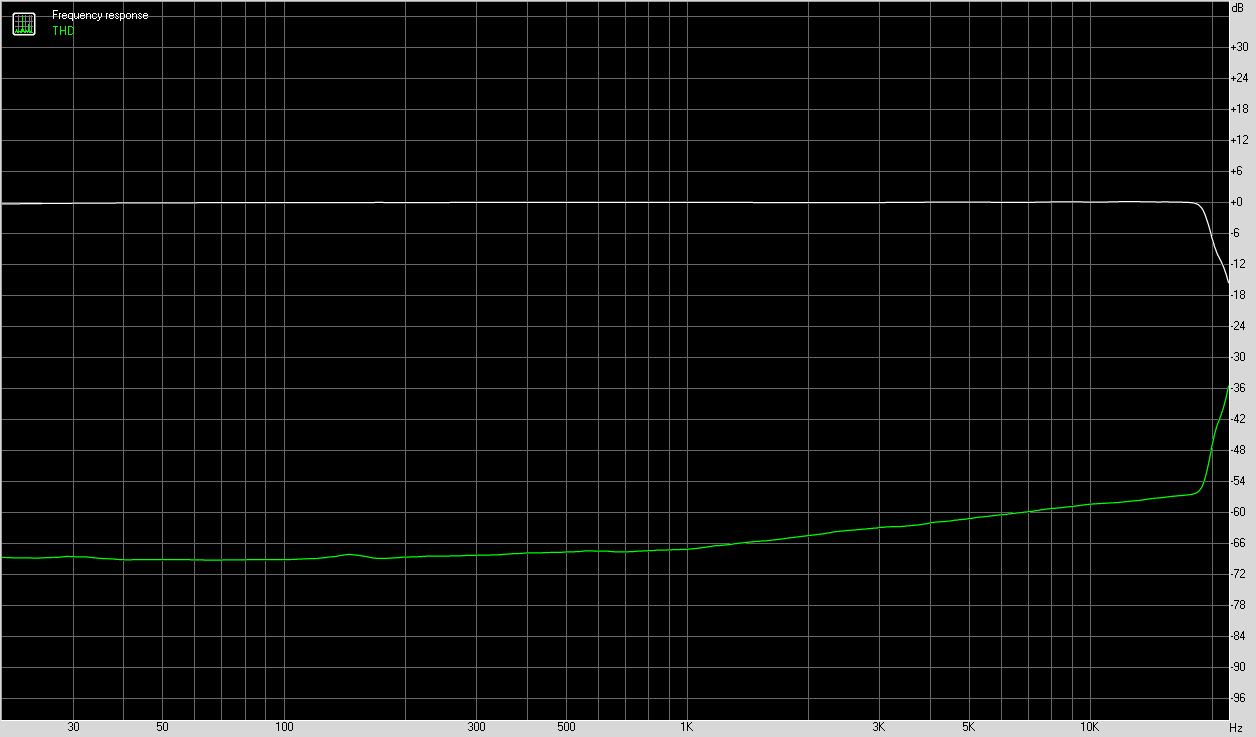
Note that the frequency response doesn't show any sign of falling off at the lower frequencies indicating that the 47uF cap is well suited for the 270R load.
This amp is the real deal - no kiddin' around here - the above plots are seriously excellent in my opinion.


Note that the frequency response doesn't show any sign of falling off at the lower frequencies indicating that the 47uF cap is well suited for the 270R load.
This amp is the real deal - no kiddin' around here - the above plots are seriously excellent in my opinion.
Last edited:
I've never seen 470nF polypropylene that compact before. The highest capacity I've found in a 5mm pitch is 330nF, and those suckers are 8.5mm wide.
Those are MKT caps with 5mm LS, not MKPs.
As you stated, MKP would be much larger since that value would have a LS of at least 7.5mm.
MKTs are still quite good for audio coupling.
Baby, are you going to do a board with through-hole resistors?
Personally, I don't care whether it fits into a can or not.
Last edited:
My mistake, I have Kemet 0.47uF 100v Polyethylene Terephthalate (PET), Metallized Film caps. is this same as MKT?
R82EC3470DQ70J KEMET | Capacitors | DigiKey
In any case, they are doing a fine job as can be seen above.
R82EC3470DQ70J KEMET | Capacitors | DigiKey
In any case, they are doing a fine job as can be seen above.
My mistake, I have Kemet 0.47uF 100v Polyethylene Terephthalate (PET), Metallized Film caps. is this same as MKT?
No worries...we all make mistakes especially with all the different caps out there.
Yes, they are the same as MKT.
- Home
- Amplifiers
- Headphone Systems
- BF862 based SE Class A Headamp without the HEAT
